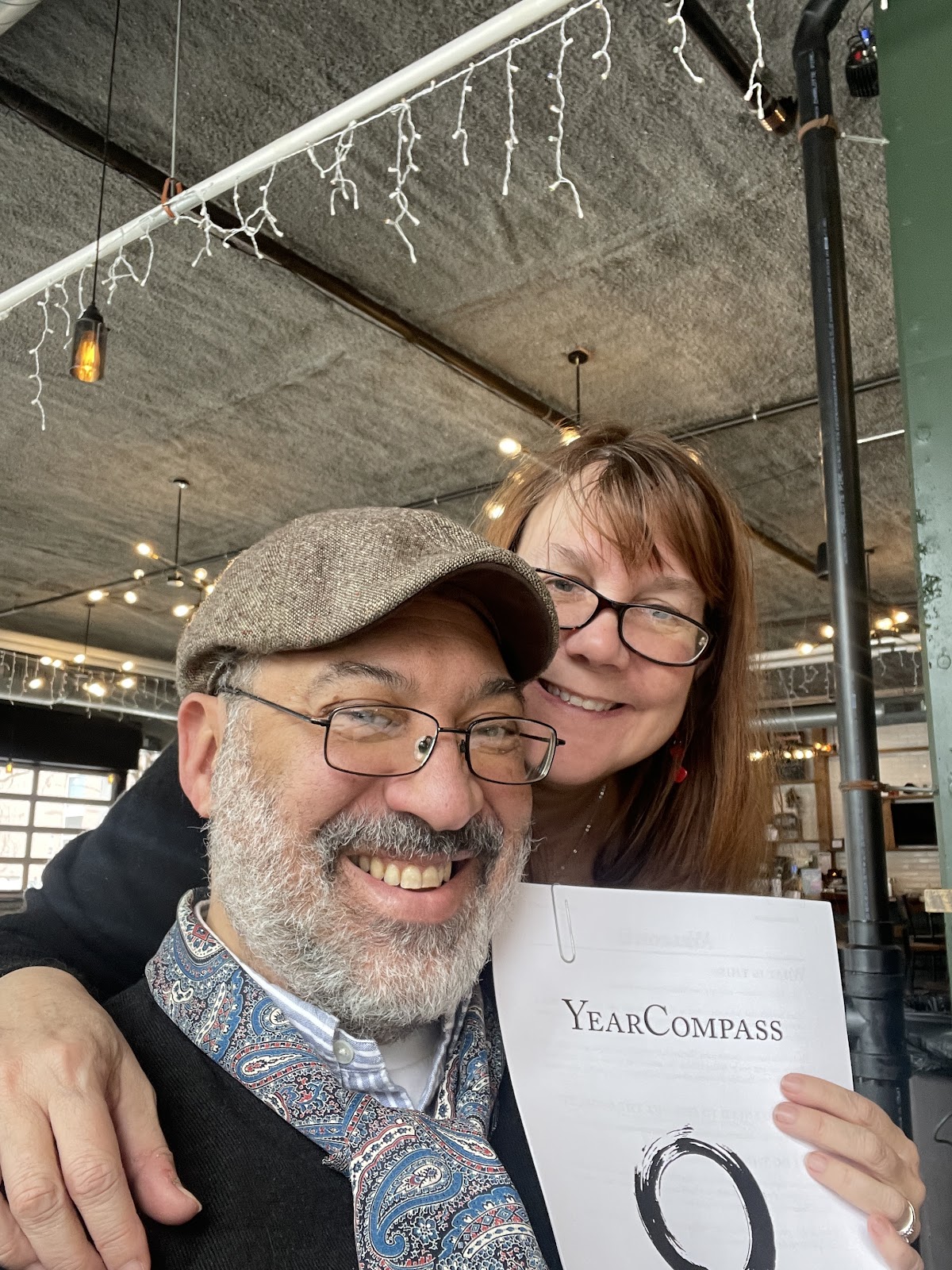Mississippi Market and the Parable of Selby and Dale
I moved into a rental unit at Laurel and Dale when I moved back into the country in 1991, and bought our current home at Ashland and Dale via HUD foreclosure 2 years later. I collaborated with a group who wanted to develop a small food co-op in the community (see The Co-Op Wars for a great film on how things like this used to happen), and I soon became active on the district planning council, serving as vice-chair and the Neighborhood Development Committee (NDC) chair. It was this involvement that eventually sent me on a path of working in historic preservation, as I saw what an effective tool it could be for community development.
Selby Avenue was a very different place then. There were a few stores and restaurants, many of whom had been there for years — WA Frost, Paper Patisserie. Moscow on the Hill was a French restaurant, as was La Grolla; Handsome Hog was a drugstore. Many buildings were still boarded, and the preponderance of stores were small, bodega-esque-without-the-charm convenience stores where you checked carefully both the expiration date of your milk and the change you were given.
The SW and NE corners of Selby and Dale were vacant lots, and part of the work of the NDC was to work on the development of the corners.
There was an overwhelming sense by the (larger, and sometimes smaller) community that Selby was a lost cause, that the short-lived riots of the late 1960s had doomed the areaand it would never develop sustainably again. That with Grand Avenue so close by no one would shop on Selby instead. That it was too dangerous. That too much tax base was lost. That the streetscape was not vibrant enough (anymore). That the many open storefronts and lots would never have occupants, and that we should set our expectations lower and be happy for someone — anyone — who wanted to come in to rent or develop there.
Some people did not think this. Local business owner and resident John McCarty won the bid to develop the NE corner, in a building designed by local architects Sylvia Frank and Peter Carlsen, as a home for his New Louisiana Cafe and a pizza place (now a kitchen and bath design office). I remember the bright day of the groundbreaking for it and the shiny gold shovels.
The SW corner was a larger lot and a lot harder of a row to hoe. For some time, a development consortium pushed hard to develop it as a multi-unit property that would relocate a local video-rental shop (remember those?) and put in a bank (actually an un-bank, as we later learned) as anchor tenants, plus a mix of other uses. The developers SWORE that the lot would not work for this purposes. They needed to vacate the street just south of it to make a bigger parcel. The building needed a waiver of parking requirements. It needed height and setback variances "in order to be viable." This was back in the days of properties being granted Tentative Developer status, and the project limped through about a year of due diligence.
In the meantime, the new GM for Mississippi Market, Alan Martensen, reached out to me. Alan had moved here from Atlanta, brought by the co-op with the idea of hopefully expanding. Alan had seen vibrant co-ops in low-income neighborhoods on the East Coast that he had a vision for that here, and he thought Selby and Dale might be the perfect place for that. For months we sat on the corner in folding chairs, doing traffic counts and discussing plans and numbers and hopes and dreams. We discovered that Selby and Dale had some of the highest traffic counts in the city, certainly was not the sad, depressed, "you are lucky to have us even interested in your sorry ass" picture the tentative developers were painting. We saw hope. And when the tentative developers could not make their numbers work, even with all the variances "needed," and gave up on the space, Mississippi Market stepped in.
----
My member number at Mississippi Market is #6802, and we go there several times a week (we call it "our pantry.") More to the point, Alan's original vision of it being a thriving, urban co-op is realized. That location is busy with people buying everything from bulk foods to African spices, paying with WIC and AmEx platinum cards and everything in-between. There are now similar locations on West 7th and on the East Side (which we were happy to be investors in). It's a huge success story, and one that arguably set the tone for the development of the rest of Selby, both east and west of Dale.
I'm writing this because most people I talk to now about neighborhood development don't remember a time when the corners of Selby and Dale were empty, or a time when people did not have a lot of faith in the street/neighborhood. It took a lot of work to get there, and most of all, it took a lot of community involvement to demand the kind of development the neighborhood needed and deserved, and not to believe the developers that insisted that they knew best and to be happy for whatever they were willing to build.
I'm not going to go into detail about why I am writing this post right now, but I am betting you can guess — and if you can't, that you should be thinking more about it.



Comments